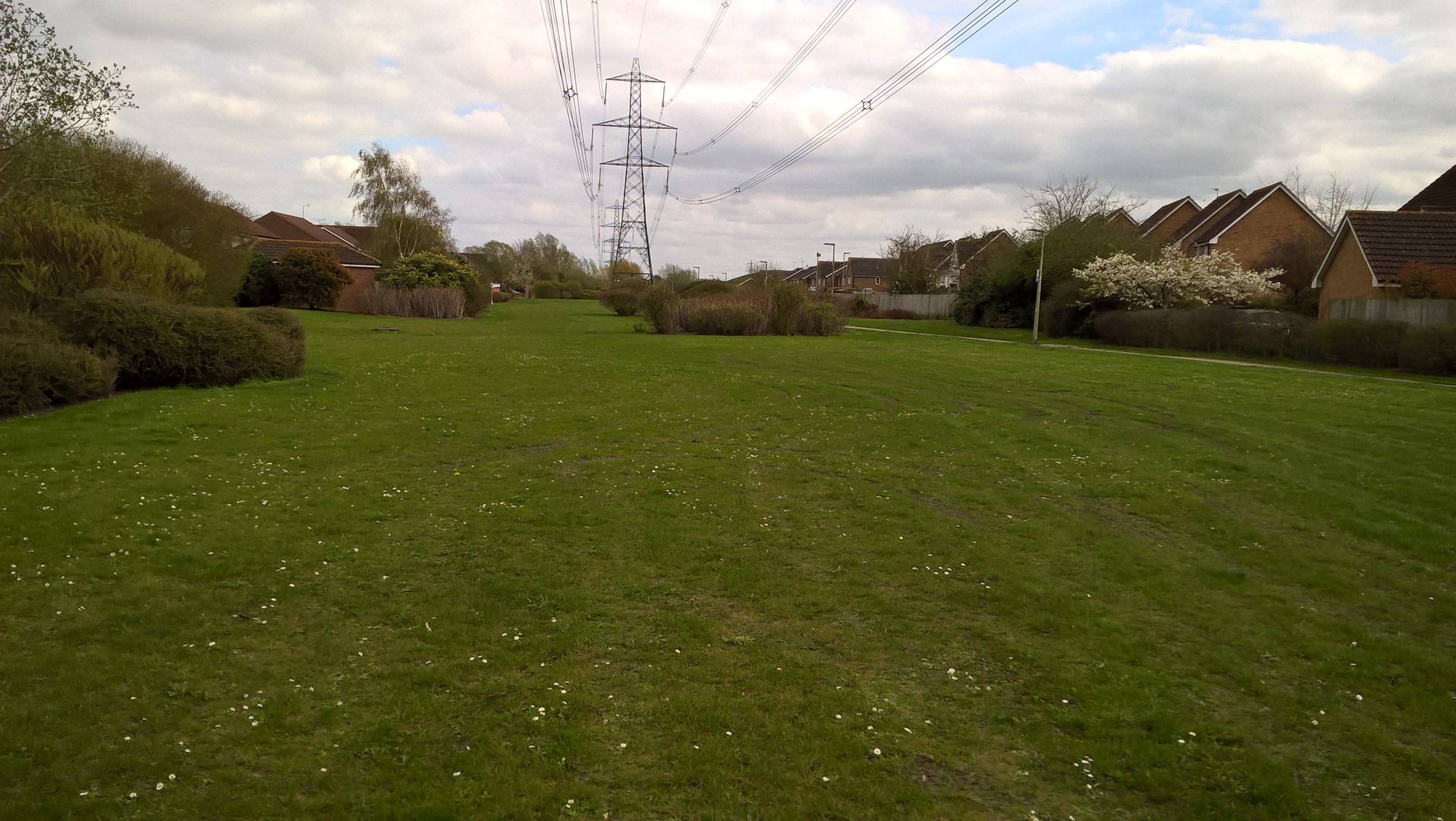
Grass cutting
We are responsible for cutting grass on some – but not all – public land in the district. Housing associations, town and parish councils and Oxfordshire County Council also carry out grass cutting on land they own or manage, including public roads. If you would like to check if a particular area of land is maintained by the council or not, you can search our mapping system.
Housing associations, town and parish councils and Oxfordshire County Council also carry out grass cutting on land they own or manage, including public roads.
It’s important for us to keep grass short in areas where people exercise or relax to ensure these areas are suitable and safe for public use. We mow these areas up to15 times a year. Other urban areas which have less formal use, but still need maintaining are mowed up to eight times a year.
However, some areas are now being mowed a lot less. Land in the district which is owned or managed by Oxfordshire County Council is cut according to their maintenance policy which aims to prioritise biodiversity where possible. This new approach means that all roadside verges in Oxfordshire (rural and urban) will be cut twice a year. The council vows to trim areas that impede driver visibility more regularly if necessary. More info on Oxfordshire County Council grass cutting schedule is here.
We are also looking to promote biodiversity on land we own or manage and have set aside land at specific sites which will be mown just twice a year at the start and end of the growing season. You can see where they are by visiting our meadow areas for nature recovery page.
How often will we be mowing?
We will continue to manage most of our land as we have done in previous years during growing season (mid March to October). High profile amenity areas used for picnicking, sport and children’s play will continue to be cut 15 times a season. Less high profile areas will be cut eight times a season (once a month).
What about roadside verges?
The roadside verges are the responsibility of Oxfordshire County Council. Where we do cut in urban areas, our grounds maintenance staff will be vigilant about keeping sightlines clear of very long grass where necessary to ensure the safety of road users and pedestrians.
Contact us - Parks
01235 422404
(Text phone users add 18001 before dialing)

